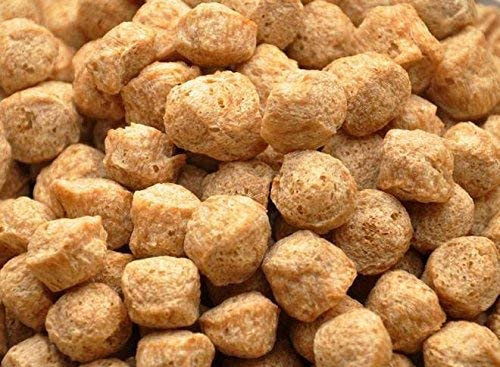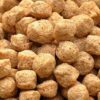Comparing Soybeans and Meat: Nutrition, Environmental Impact, and Health
Introduction:
When it comes to making dietary choices, people often weigh the pros and cons of different food options. One common comparison is between soybeans and meat. Both are sources of protein, but they differ significantly in terms of their nutritional content, environmental impact, and potential health effects. In this blog post, we’ll explore these factors to help you make informed choices about incorporating soybeans or meat into your diet.
Nutritional Content:
-
Protein:
Soybeans: Soybeans are rich in plant-based protein, making them an excellent choice for vegetarians and vegans. They contain all essential amino acids and are considered a complete protein source.
Meat: Meat, whether from animals like beef, chicken, or pork, is also a good source of high-quality protein. It provides essential amino acids needed for various bodily functions.
-
Fat:
Soybeans: Soybeans contain relatively low levels of saturated fat and are high in healthy unsaturated fats, including omega-3 fatty acids.
Meat: The fat content in meat varies depending on the type and cut. Some meats, like lean poultry, contain less saturated fat, while others, like fatty cuts of beef, can be high in saturated fat.
-
Vitamins and Minerals:
Soybeans: Soybeans are a good source of vitamins (e.g., folate) and minerals (e.g., iron, calcium, magnesium), making them a nutrient-rich option.
Meat: Meat provides essential vitamins and minerals, such as B vitamins (B12, niacin, and others) and iron, which are highly bioavailable.
Environmental Impact:
-
Land Use:
Soybeans: Soybeans generally require less land and water compared to meat production. They can be grown as a sustainable alternative to meat, reducing the environmental footprint.
Meat: Raising livestock for meat production often necessitates significant land use, water resources, and energy, contributing to deforestation and greenhouse gas emissions.
-
Greenhouse Gas Emissions:
Soybeans: The cultivation of soybeans has a lower greenhouse gas emission footprint compared to meat production, particularly beef, which is one of the largest contributors to livestock emissions.
Meat: Meat production, especially beef and lamb, generates substantial greenhouse gas emissions due to methane released by livestock and carbon emissions from land use changes.
Health Considerations:
-
Heart Health:
Soybeans: Consuming soybeans may have heart-healthy benefits due to their low saturated fat content and potential to lower LDL cholesterol levels.
Meat: Lean cuts of meat can also be part of a heart-healthy diet when consumed in moderation. However, some high-fat meats may contribute to heart disease risk.
-
Cancer Risk:
Soybeans: Soy contains phytochemicals called isoflavones, which have been studied for their potential to reduce the risk of certain cancers, especially breast and prostate cancer.
Meat: High consumption of red and processed meats has been associated with an increased risk of colorectal cancer.
Conclusion:
The choice between soybeans and meat depends on various factors, including dietary preferences, nutritional needs, and environmental concerns. Both soybeans and meat offer valuable nutrients, but they differ significantly in terms of environmental impact and potential health effects. Incorporating a balance of both into your diet, or opting for plant-based proteins like soybeans more often, can be a sustainable and health-conscious choice. Ultimately, making informed choices about your diet is essential for your well-being and the planet’s health.








